Whether a way is elegant or not is somewhat subjective. I personally find your approaches better then the 'matplotlib' way. From matplotlib's color module:
Colormapping typically involves two steps: a data array is first
mapped onto the range 0-1 using an instance of Normalize or of a
subclass; then this number in the 0-1 range is mapped to a color using
an instance of a subclass of Colormap.
What I take from this in regards to your problem is that you need a subclass of Normalize that takes strings and maps them to 0-1.
Here's an example that inherits from Normalize to make a subclass TextNorm, which is used to convert a string to a value from 0 to 1. This normalization is used to get a corresponding color.
import matplotlib.pyplot as plt
from matplotlib.colors import Normalize
import numpy as np
from numpy import ma
class TextNorm(Normalize):
'''Map a list of text values to the float range 0-1'''
def __init__(self, textvals, clip=False):
self.clip = clip
# if you want, clean text here, for duplicate, sorting, etc
ltextvals = set(textvals)
self.N = len(ltextvals)
self.textmap = dict(
[(text, float(i)/(self.N-1)) for i, text in enumerate(ltextvals)])
self.vmin = 0
self.vmax = 1
def __call__(self, x, clip=None):
#Normally this would have a lot more to do with masking
ret = ma.asarray([self.textmap.get(xkey, -1) for xkey in x])
return ret
def inverse(self, value):
return ValueError("TextNorm is not invertible")
iris = np.recfromcsv("iris.csv")
norm = TextNorm(iris.field(4))
plt.scatter(iris.field(0), iris.field(1), c=norm(iris.field(4)), cmap='RdYlGn')
plt.savefig('textvals.png')
plt.show()
This produces:

I chose the 'RdYlGn' color map so that it was easy to distinguish between the three types of points. I did not include the clip feature as part of __call__, though it's possible with a few modifications.
Traditionally you can test the normalization of the scatter method using the norm keyword, but scatter tests the c keyword to see if it stores strings, and if it does, then it assumes you are passing in colors as their string values, e.g. 'Red', 'Blue', etc. So calling plt.scatter(iris.field(0), iris.field(1), c=iris.field(4), cmap='RdYlGn', norm=norm) fails. Instead I just use the TextNorm and "operate" on the iris.field(4) to return an array of values ranging from 0 to 1.
Note that a value of -1 is returned for a sting not in the list textvals. This is where masking would come in handy.

